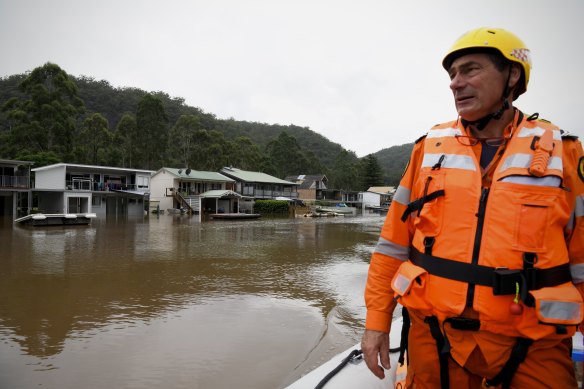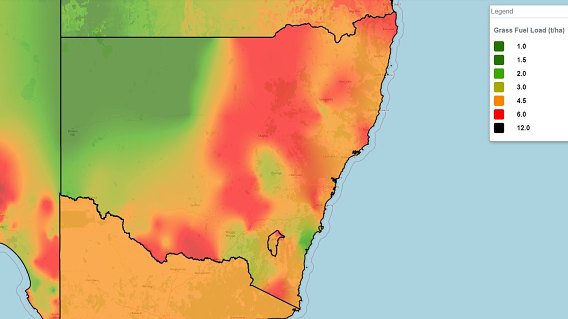
Even after years of rain, the NSW Rural Fire Service fears the worst grass fire season in two decades could be just around the corner.
Months of wet weather have delayed fire mitigation efforts, with the RFS conducting hazard reduction burns on only 8764 hectares since July. The agency’s target for this financial year is 318,891 hectares. In 2021-22, the agency treated 40,123 hectares, while in 2020-21 about 176,499 hectares were treated.

Despite years of flooding, authorities are growing concerned about grass fire risks.Credit:Dean Sewell
The heavy rain has fuelled strong grass growth across much of western NSW. RFS Commissioner Rob Rogers said the state was facing its most significant grass fire threat in more than 20 years, particularly for western parts of NSW.
“I am quite concerned,” he said.
Rogers said while the amount of water in the tableland would elevate grass fire risk for years to come, areas that had burnt during the 2019-20 bushfire season were regenerating faster than expected.
According to the fuel accumulation curve, a model used by fire authorities, the affected landscape should take eight to nine years before it became a concern. But heavy rains over the past three years mean these areas could burn again in five years.
Maps from the NSW RFS show heavy grass fuel loads over huge parts of the state, stretching from western NSW to many coastal areas.

NSW RFS maps show big grass fuel loads in the west.Credit:NSW RFS
Climate drivers which have led to years of wet weather – such as La Nina and the negative Indian Ocean Dipole, have already begun to weaken.









 Add Category
Add Category